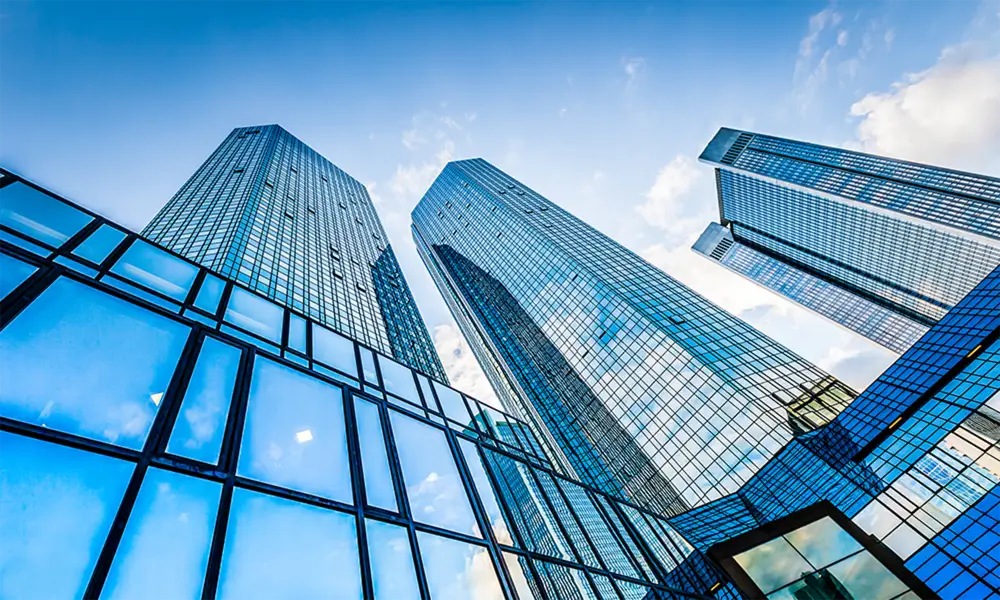

The Rise of Tinted Glass A Modern Solution for Architectural Aesthetics and Energy Efficiency
In recent years, tinted glass has emerged as a popular choice in modern architecture and design, serving both aesthetic and functional purposes. Whether in commercial settings, residential buildings, or automotive applications, tinted glass offers numerous benefits that resonate with an environmentally-conscious and design-savvy society.
Aesthetic Appeal
One of the primary reasons architects and designers turn to tinted glass is its aesthetic appeal. Tinted glass provides a unique visual effect that can enhance the overall appearance of buildings. Available in various shades and tones, it allows for creative expressions that complement different architectural styles. From the sleek, modern lines of corporate skyscrapers to the warm, inviting hues of residential homes, tinted glass can help create a cohesive design that captures attention while blending seamlessly into its surroundings.
Moreover, tinted glass acts as a canvas for light, allowing natural daylight to enter spaces while filtering the harshness of direct sunlight. This not only reduces glare but also creates a comfortable ambiance inside buildings. Designers can experiment with different tint levels to achieve the desired level of brightness and warmth, creating inviting interiors that minimize reliance on artificial lighting during the day.
Energy Efficiency
Beyond aesthetics, tinted glass plays a significant role in energy efficiency, a pressing concern in today’s environmentally aware culture. By reducing solar heat gain, tinted glass can help regulate indoor temperatures, thereby decreasing the reliance on air conditioning. This not only leads to lower energy bills but also contributes to a reduction in carbon footprints. Buildings with tinted glass windows can achieve better energy ratings, making them more attractive to environmentally conscious consumers and businesses.
For instance, studies have shown that buildings fitted with tinted glass can lower cooling costs by up to 30%. This is particularly significant in hot climates where air conditioning is a substantial portion of energy consumption. With the advent of advanced technologies, manufacturers have developed low-emissivity (low-E) tinted glass that further improves thermal performance. This glass minimizes heat transfer, keeping interiors cooler in summer and reducing heat loss in winter, leading to year-round comfort.

Privacy and Security
Another crucial advantage of tinted glass is the enhanced privacy and security it offers. Tinted glass can obscure visibility from the outside while maintaining a clear view from the inside. This is especially beneficial for residential buildings situated close to busy streets or for offices where confidentiality is paramount. Additionally, the thickness of tinted glass often provides increased resistance to breakage, making it a safer option in terms of security.
Furthermore, tinted glass can protect furnishings and interiors from UV radiation. Prolonged exposure to direct sunlight can cause colors to fade and materials to deteriorate. Tinted glass filters out harmful UV rays, helping maintain the integrity of interiors and prolonging the lifespan of furniture, artwork, and textiles.
Challenges and Considerations
While tinted glass has numerous benefits, it is essential to consider some challenges associated with its use. For example, overly dark tints can affect visibility, particularly at night when outside light contrasts sharply with interior lighting. It is crucial to strike a balance between achieving the desired aesthetic and maintaining functionality. Building codes and regulations also play a significant role in determining the acceptable levels of tint for various applications.
Moreover, the environmental impact of producing tinted glass must be acknowledged. Manufacturers must strive for sustainable practices to ensure that the benefits of tinted glass do not come at the expense of environmental degradation. Innovations in the glass-making process—such as using recycled materials and reducing emissions during production—are essential for creating a truly sustainable product.
Conclusion
In conclusion, tinted glass serves as a versatile, practical, and stylish solution for modern architecture. Its ability to blend aesthetic appeal with functional benefits—such as energy efficiency, enhanced privacy, and protection against UV radiation—makes it an attractive choice for architects, builders, and homeowners alike. As the demand for sustainable and innovative building materials continues to grow, tinted glass is poised to play a vital role in shaping the architectural landscape of the future.